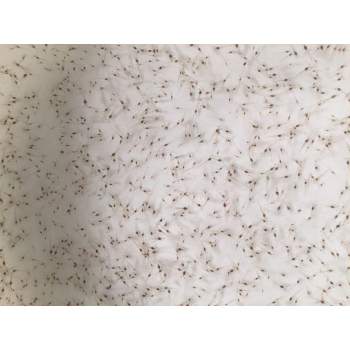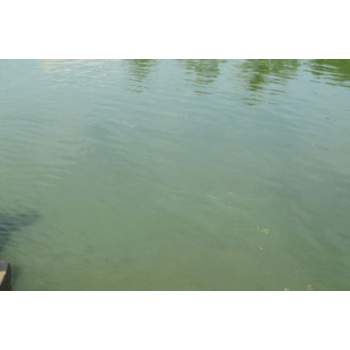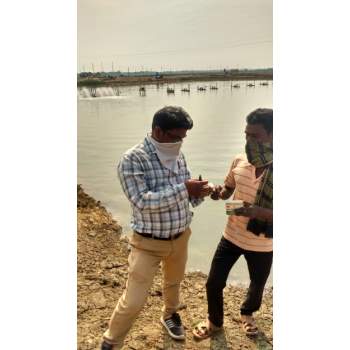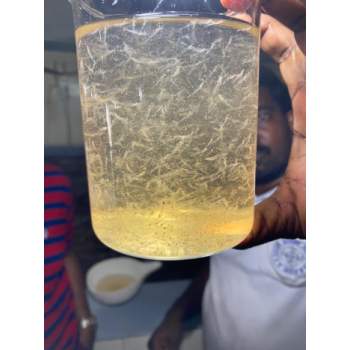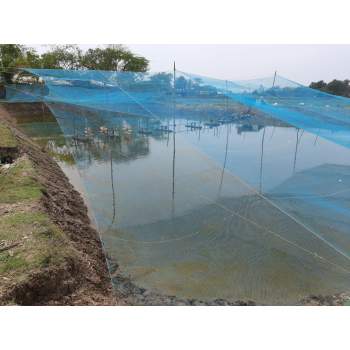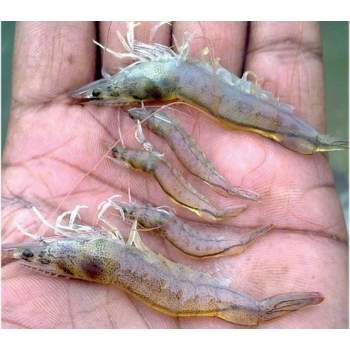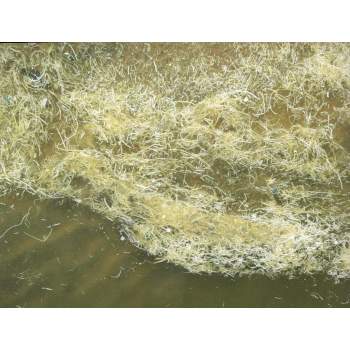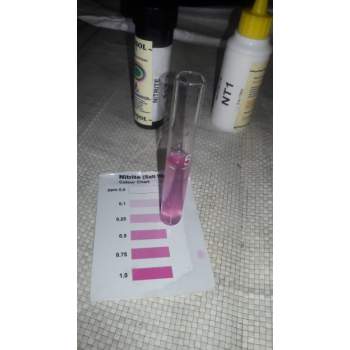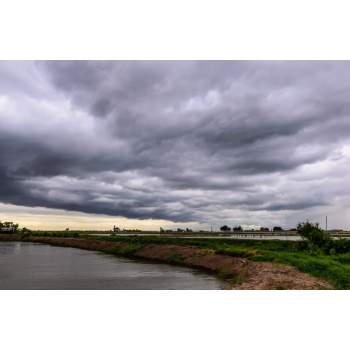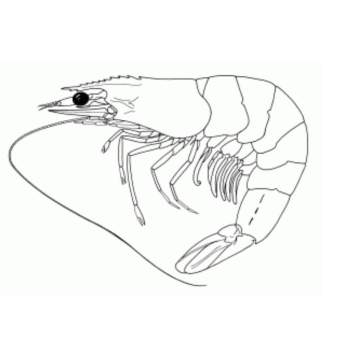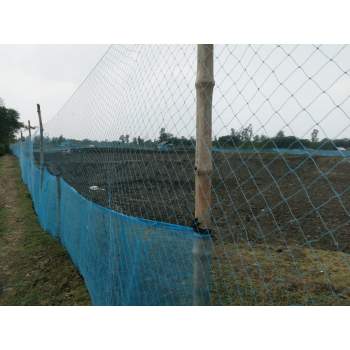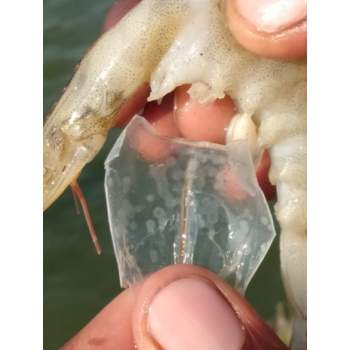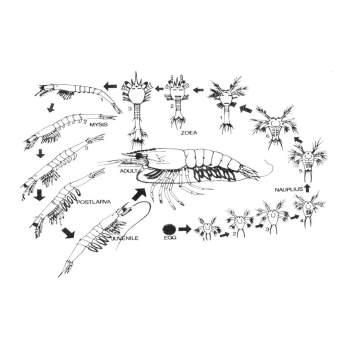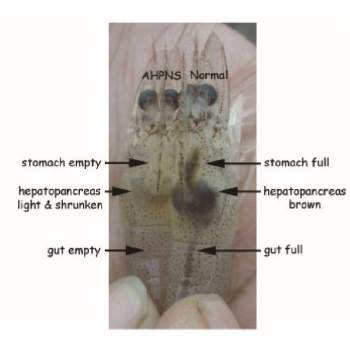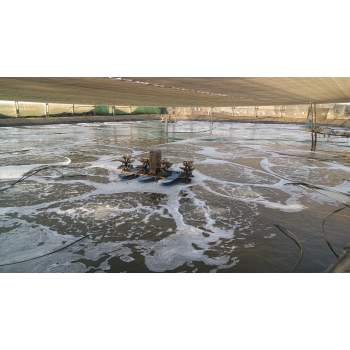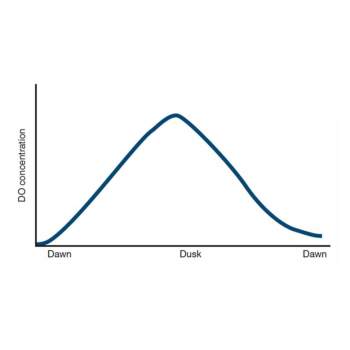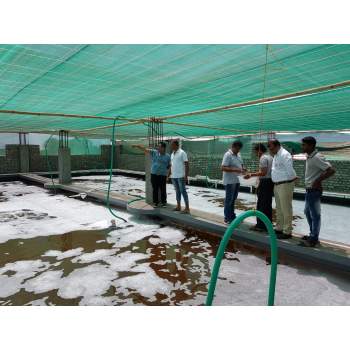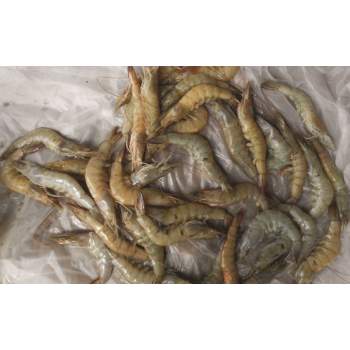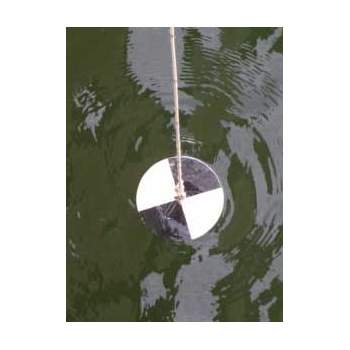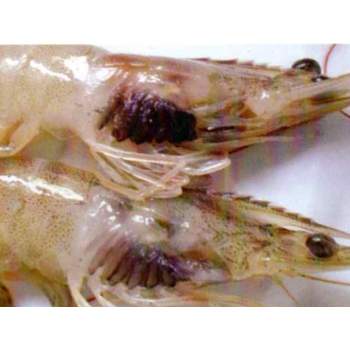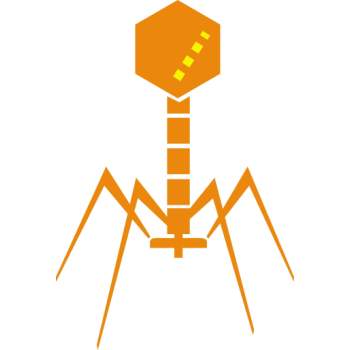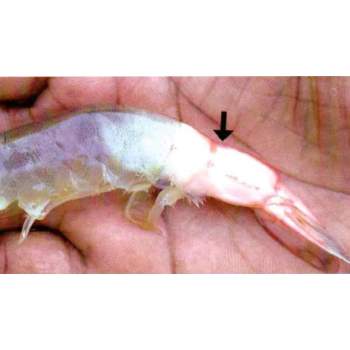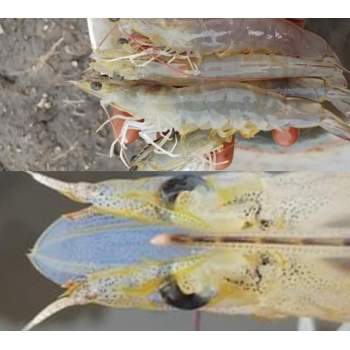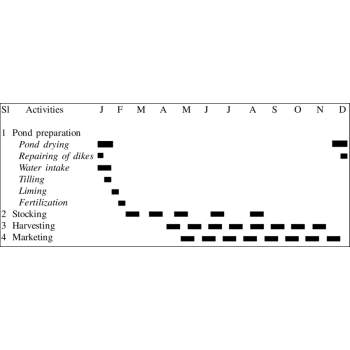Bacterial infections of farmed shrimp are quite common and likely the major cause of mortality in farmed shrimp. Vibriosis is one of the most severe bacterial diseases in shrimp farming caused by Vibrio spp. These bacteria from part of the natural microbiota of wild and cultured shrimp and the marine environments. Vibrio infections have become a major constraint of the production and trade in shrimp aquaculture. They are responsible for several diseases and mortalities of up to 100% and cause crop loses globally.
Vibrio usually associated with multiple etiological agents. Vibrio has been reported in penaeid shrimp culture systems implicating at least 14 species and they are Vibrio harveyi, V. splendidus, V. parahaemolyticus,V. alginolyticus, V. anguillarum, V. vulnificus, V. campbelli, V. fischeri, V.damsella, V. pelagicus, V. orientalis, V. ordalii, V. mediterrani, V. logei etc. However some Vibrio species have been identified as primary pathogen, including V. parahaemolyticus and V. harveyi have been described as the main pathogenic species in shrimp.
Clinical signs of Vibriosis
Shrimp diseases associated with Vibriosis
Vibrio can remain in the environment without causing disease, but can very easily switch from opportunistic and commensal to pathogenic when conditions change. Thus, its ability to cause disease or increase in virulence, is a complex process affected by many variables, including host, vibrio species, developmental stage, physiological conditions, environmental stress, and infection method.
They are several diseases associated with Vibriosis.
Diagnosis
Diagnosis of vibrio infection is based on clinical signs and the histological demonstration of rod-shaped Vibrio bacteria in lesions, nodules or haemolymph. Excised organs and haemolymph may be streaked on a Vibrio-selective (TCBS) or general marine agar plate. Vibrio isolates may be identified by a number of methods, including: Gram stain, motility, an oxidase test, mode of glucose utilisation, growth in the presence of NaCl, nitrate reduction and luminescence.
Vibrio threshold in shrimp farms:
There are many vibrios maximum threshold standards in farms. Most of them are for Vibrio spp. in pond water. These are the common maximum thresholds used by shrimp farms:
How to prevent Vibrio problems?
Vibrios are difficult to eradicate because they adopt well to different environment conditions and can adopt state when facing adverse conditions. However, Vibriosis is controlled by rigorous water management and sanitation to prevent the entry of vibrios in the culture water and to reduce stress on the shrimps. Pond Management and robust gut health are important strategies to control vibrio, together with frequent sampling to monitor their levels in the shrimp gut and pond ecosystem.
Good site selection, pond design and pond preparation are also important. Maintain adequate water quality with low bacterial biomass, A stable phytoplankton bloom and a proper feeding program, Sterilize or filter recirculated water, Routinely monitor shrimp and pond for early diagnosis of a problem, Avoid temperature extremes or rapid variation in temperature, handling, overcrowding, and other stressors, Infections opportunistic and probably result from poor husbandry; may be secondary to other disease processes. An increase in daily water exchanges and a reduction in pond biomass by partial harvesting are recommended to reduce mortalities caused by vibriosis.
The combination of gut acidifiers, prebiotics, use of natural antimicrobials and Probiotics, Bacteriophage applications, immunostimulants and non-antibiotic substances has superior specificity against vibriosis and Luminescent Bacteria (LB) coupled with Best Aquaculture Practices (BAP) , which makes it an effective management tool for the control of vibriosis and bacterial toxicity in aquaculture.
Treatment
Use V Phages Growout immediately when various symptoms of Vibriosis as Luminescence in water, infections in shrimp and or low feed intake etc., correlated by lab test.
